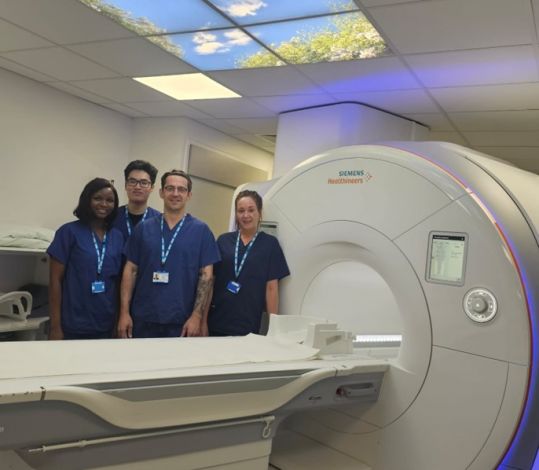About this service
Dexa Scanning or Imaging is a quick, painless procedure for measuring bone loss. It is particularly used to detect osteoporosis - when the bone becomes thinner and more prone to fracture.
Physicians use x-rays to view and evaluate bone fractures and other injuries of the musculoskeletal system. However, a plain x-ray test is not the best way to assess bone density. To detect osteoporosis accurately, doctors use an enhanced form of x-ray technology called dual-energy x-ray absorptiometry (DEXA).
It is most often used to diagnose osteoporosis, with bone density measurements of the lower back and hips mainly taken. Scans can detect changes to the density.
We have been operating our DEXA scanner since October 2009.The DEXA scanner is located in Main X-ray at Warrington Hospital. Patients will need to book in at the main X-ray reception desk.
DEXA Unit
Main x-ray
Warrington Hospital
Warrington
Cheshire
WA5 1QG
Telephone: 01925 662452
Waiting times are typically one to two weeks.


